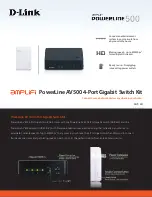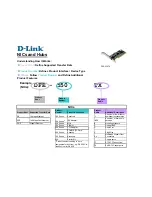
1-24
<SwitchA> display ip routing-table 100.1.1.0 24 verbose
Routing Table : Public
Summary Count : 2
Destination: 100.1.1.0/24
Protocol: RIP Process ID: 1
Preference: 100 Cost: 1
NextHop: 192.168.1.2 Interface: vlan-interface 100
BkNextHop: 0.0.0.0 BkInterface:
RelyNextHop: 0.0.0.0 Neighbor : 192.168.1.2
Tunnel ID: 0x0 Label: NULL
State: Active Adv Age: 00h00m47s
Tag: 0
Destination: 100.1.1.0/24
Protocol: RIP Process ID: 2
Preference: 100 Cost: 2
NextHop: 192.168.3.2 Interface: vlan-interface 300
BkNextHop: 0.0.0.0 BkInterface:
RelyNextHop: 0.0.0.0 Neighbor : 192.168.3.2
Tunnel ID: 0x0 Label: NULL
State: Inactive Adv Age: 00h12m50s
Tag: 0
# Enable RIP event debugging on Switch A.
<SwitchA> debugging rip 1 event
<SwitchA> terminal debugging
# When the link between Switch B and Switch C fails, you can see that Switch A quickly detects the link
state change.
%Jan 19 10:41:51:203 2008 SwitchA BFD/4/LOG:Sess[192.168.1.1/192.168.2.2, Vlan-interface
100, Ctrl], Sta: UP->DOWN, Diag: 1
*Jan 19 10:41:51:203 2008 SwitchA RM/6/RMDEBUG: RIP-BFD: Message Type Disable, Connect Type
Indirect-connect, Pkt Type Control, Src IP Address 192.168.1.1, Src IFIndex 4, Nbr IP Address
192.168.2.2.
# Display the BFD information of Switch A.
You can see that Switch A has deleted the neighbor relationship with Switch C and thus no output
information is displayed.
<SwitchA> display bfd session
# Display the route information of RIP process 1 on Switch A.
The RIP route learned from Switch C is no longer existent.
<SwitchA> display rip 1 route
Route Flags: R - RIP, T - TRIP
P - Permanent, A - Aging, S - Suppressed, G - Garbage-collect
----------------------------------------------------------------------------
# Display the RIP route 100.1.1.0/24 learned on Switch A.
<SwitchA> display ip routing-table 100.1.1.0 24 verbose
Routing Table : Public
Summary Count : 1
















































